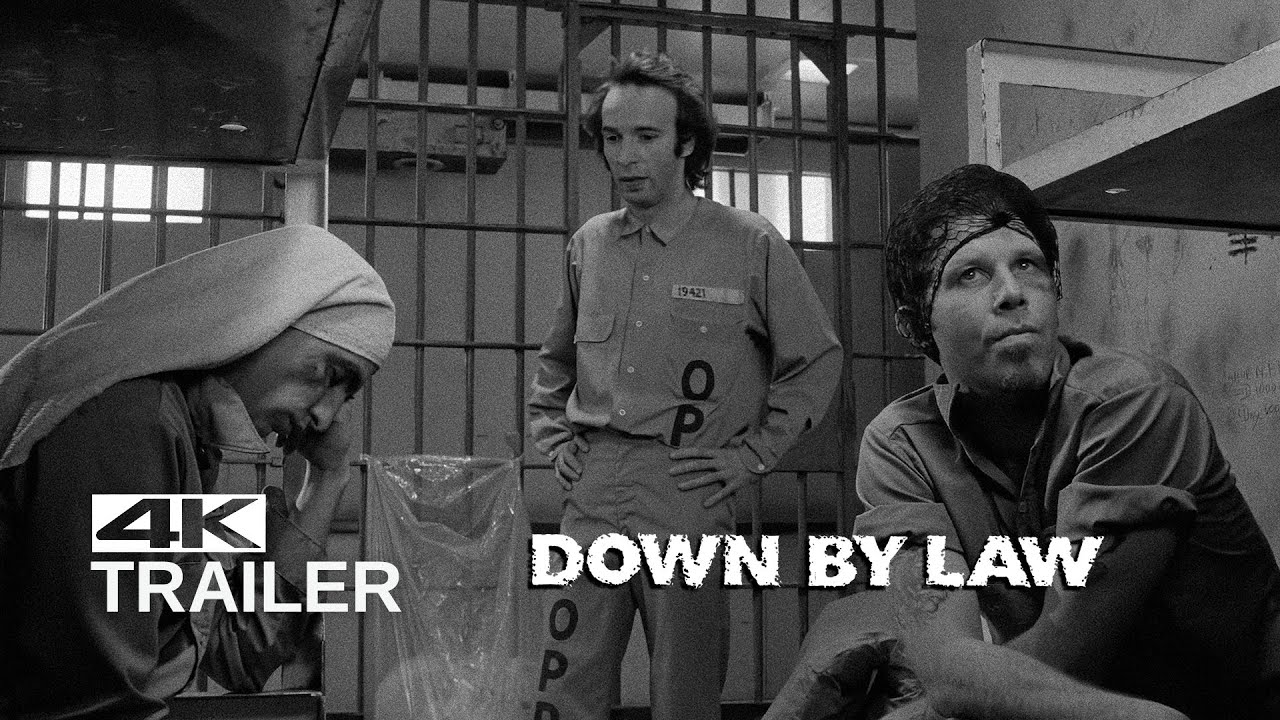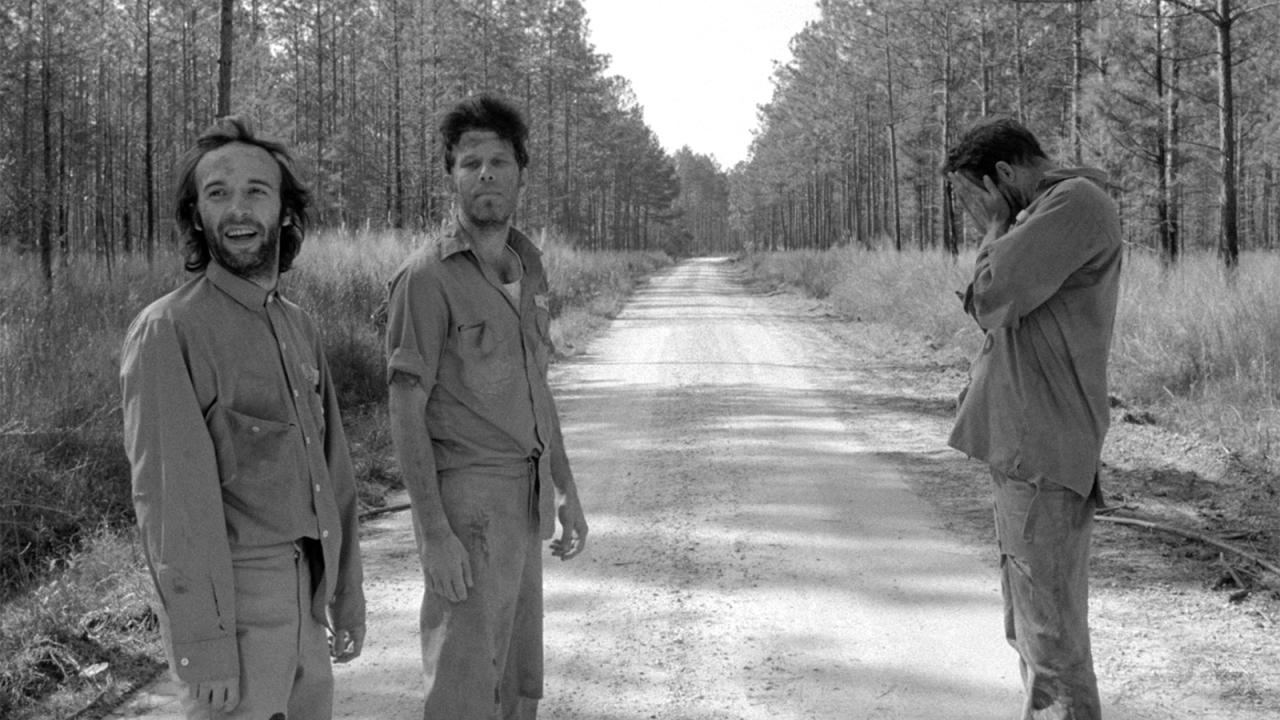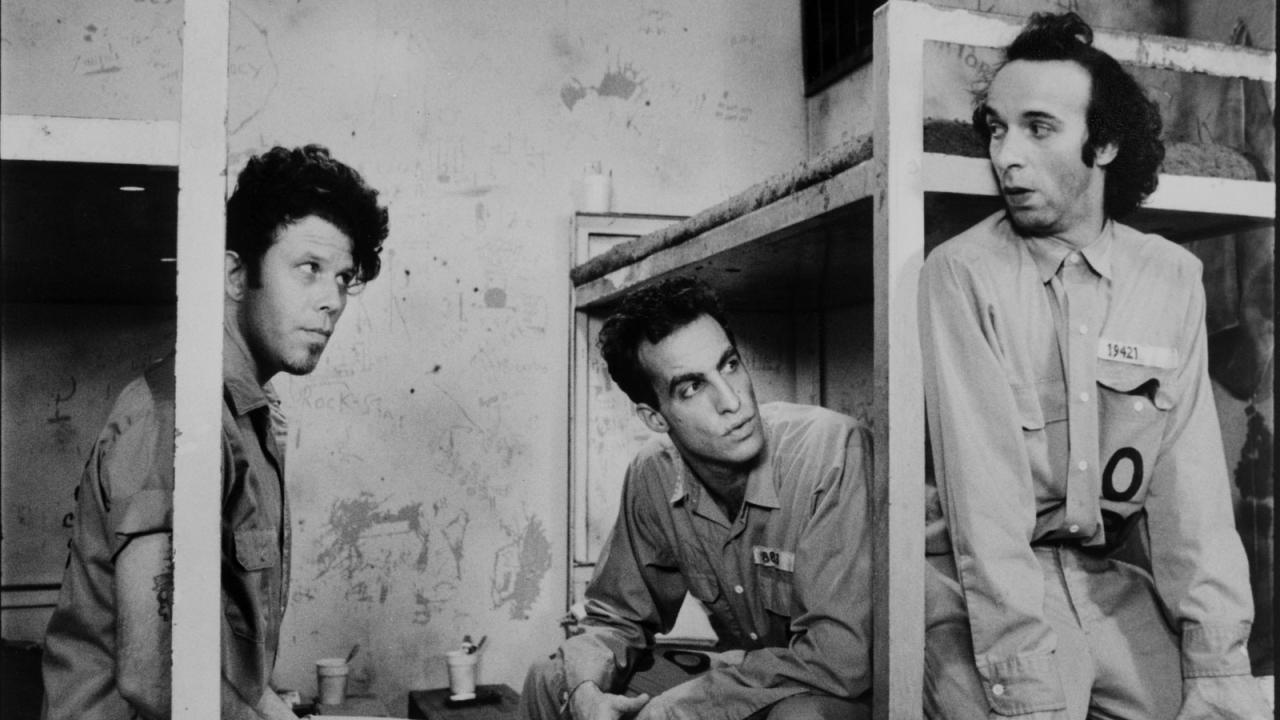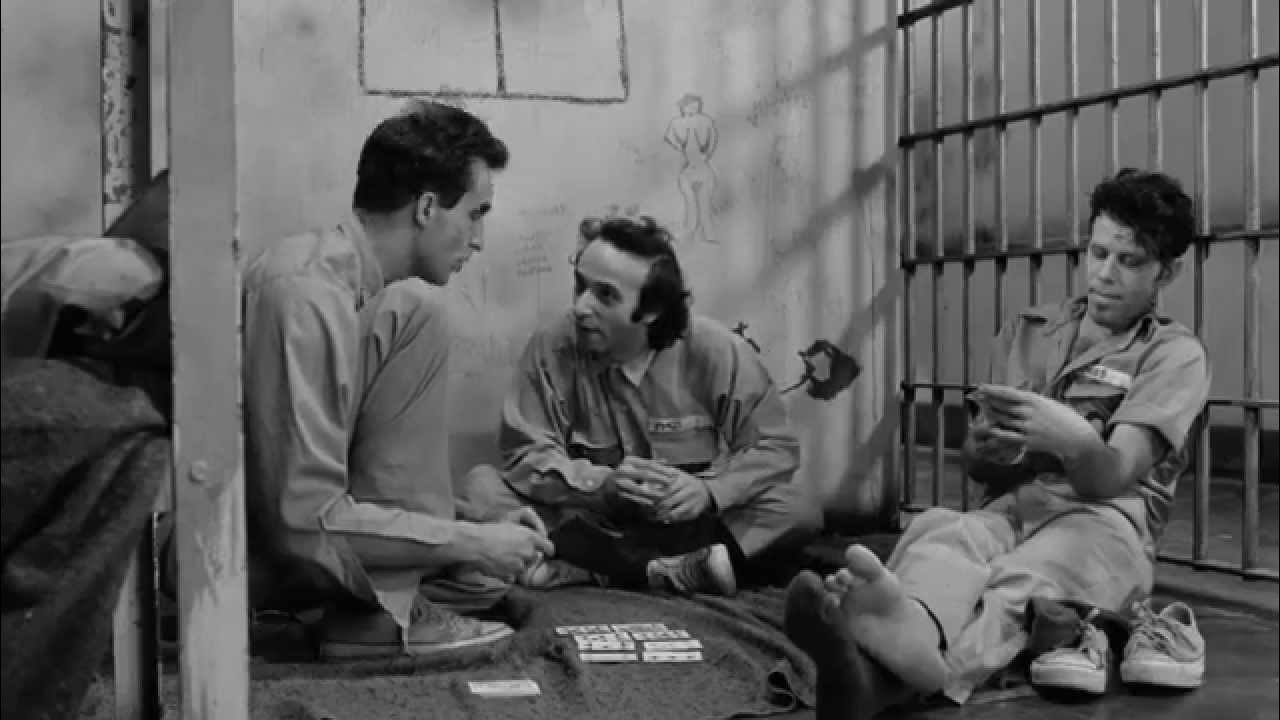
Down by Law (1986) is an independent, neo-beat noir comedy film written and directed by Jim Jarmusch. The film stars Tom Waits, John Lurie, and Roberto Benigni, and follows the story of three men who find themselves wrongfully imprisoned and eventually attempt to escape from jail. With its distinctive style, deadpan humor, and exploration of themes such as friendship, freedom, and fate, Down by Law stands out as a seminal work in independent cinema.
The plot revolves around three unlikely companions: Zack (Tom Waits), a down-on-his-luck DJ; Jack (John Lurie), a small-time hustler; and Roberto (Roberto Benigni), an exuberant Italian tourist. The three men are thrown together after they are wrongfully imprisoned in a New Orleans jail. Although they initially seem to have little in common, their shared circumstances forge an unexpected bond. The film explores how their personalities and backgrounds clash and complement each other as they begin to form a friendship and eventually plot their escape from the prison.
Jim Jarmusch’s direction is central to the film’s success, with his characteristic slow pacing and minimalist approach allowing the characters’ personalities to shine through. His use of long, lingering shots and minimal dialogue creates a meditative, almost dreamlike atmosphere, capturing the mundane moments of their daily lives while emphasizing the absurdity of their situation. Jarmusch’s unique blend of humor and melancholy allows the film to balance moments of lightheartedness with the existential weight of the characters’ predicament.
The performances by the lead actors are a significant part of the film’s charm. Tom Waits, known for his gravelly voice and music career, plays Zack with a weary, cynical edge, yet also conveys a sense of vulnerability that makes his character deeply sympathetic. John Lurie’s portrayal of Jack is more detached and sardonic, embodying the cool, quiet type that often appears in noir films. However, it is Roberto Benigni’s exuberant and wildly energetic performance as the Italian prisoner Roberto that steals the show. His character is both endearing and comic relief, bringing an unexpected layer of joy and absurdity to the otherwise bleak prison setting.

Down by Law is also notable for its striking cinematography. The film captures the gritty, atmospheric streets of New Orleans, using the city’s decaying architecture and dilapidated prison settings to reinforce the feeling of entrapment and hopelessness. The black-and-white visuals lend the film an air of classic noir, while the slightly surreal composition of shots gives it a modern, artsy edge. The use of lighting and framing enhances the tension between confinement and the longing for freedom that the characters experience.

Despite its minimalist style, Down by Law is thematically rich, exploring ideas of isolation, personal redemption, and the absurdity of life. The characters’ journey from imprisonment to escape mirrors their search for meaning and self-understanding. Through their interactions, they question their roles in the world and the nature of their circumstances, leading to a poignant, yet humorous exploration of human connection in the face of adversity. The film’s humor often emerges from the absurdity of its situation—three men who don’t belong together finding solace and camaraderie in their shared plight.

In conclusion, Down by Law is a distinctive film that blends comedy, noir, and existential themes in a way that remains relevant and engaging today. Jim Jarmusch’s direction, combined with standout performances from Tom Waits, John Lurie, and Roberto Benigni, creates a film that is both quirky and profound. With its slow pacing, minimalist dialogue, and unforgettable characters, Down by Law is a powerful testament to the human desire for connection and freedom, and remains a beloved classic in the world of independent cinema.